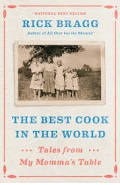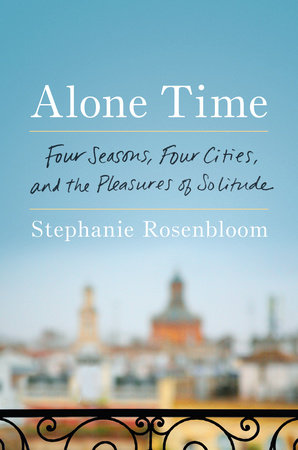
This is a quietly curious book. It takes place in the New York City of Park Avenue and old money. Money so old it has become the structure of a universe where the answers to the problems and passions of life have all been systematized into well-worn paths that no longer need to be agonized over, just followed. Laura and her brother Nicholas are trust fund babies. Generational family connections provide them, unquestioningly, with top level job choices, schooling, residences, all in secured assurance.
You may think that it would be a little boring, so matter-of-factly do all the characters play their roles but the writing, arranged episodically, prevents that. You are drawn into the lives of Laura and the daughter she conceives, the result of a brief encounter in her family home with an imposter she never sees again. There is a sensibility about her, and hence about Emma, that is comforting, demanding little from the reader, but nonetheless, insisting itself into the consciousness.
Her interaction with the world she inhabits is difficult to categorize, a disconnect as if she has not quite manifested. She lives in a penthouse on the upper westside of Manhattan overlooking a neighborhood her friends consider dangerous, where she buys her groceries and learns the name of the homeless man on the corner. She volunteers at a women’s shelter and amuses her friends by wearing an unvarying uniform of turtleneck, skirt, and boots, rejecting unnecessary consumption out of concern for the planet yet goes regularly to have her eyelashes dyed. She takes a job because she thinks she should work but she doesn’t hesitate to rely on her status to determine her own hours and number of vacation weeks at full pay. You learn these things about her offhandedly, without detail, yet you can feel Laura almost as if you were slipping into her insular existence, her essence silently wrapping around you as you keep reading.
I recommend you experience this for yourself, particularly about what happens next, that we are not told, and I predict that Laura will stay with you, just out of reach, after you close the book, wondering.






